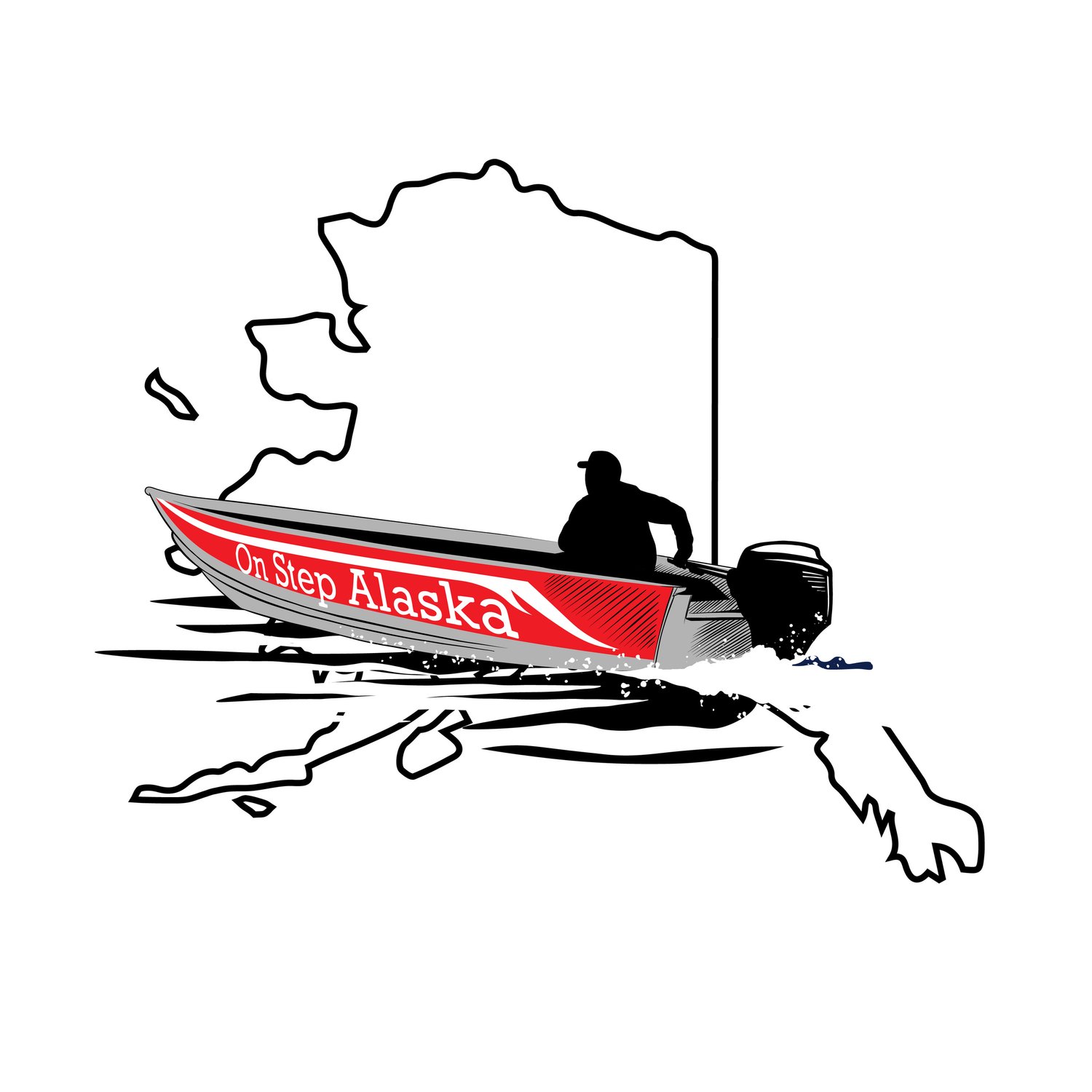Gear Review - A season with Redington
Redington waders all around.
Waders
Five months ago I made wader switch.
I’d always been a Simms guy, and like the stuff, but decided on a less expense Sonic-Pro Stocking Foot from Redington after I worked over my latest pair.
I didn’t expect my Sonic-Pro’s to be at the same level of my premium Simms brand, but was hoping to be surprised.
Fifty days into hiking, walking, wading, falling and even bike riding, I’m duly impressed.
I live two miles from a great winter steelhead river in Southeast Alaska, so staying dry is vital. Even a harmless scrape which causes a leak can put a serious hurt into getting your 1,000 casts in between steelhead.
The waders easily made it through winter, then spring steelhead seasons and into the June trout. Once salmon showed up I was crawling over more and more logs and it wasn’t until I slid down abrasive rocks that I tore up the seat of my waders a bit. It was completely my fault. Stupid. But the thing is, I didn’t notice. I waded for another two hours and it wasn’t until I sat down in my truck that I noticed the scrapes. The thing is, it didn’t leak noticeably despite how bad it looks from the outside. That’s durability.
Crosswater - For guests only around for a few days, I went with the Crosswater model, the least expensive in the Redington line, hoping I wouldn’t have to replace them immediately. Though it is obvious when you see the waders they aren’t the reinforced armor of their more expensive cousins, they do what they need to do, keep water out. They endured brush, climbing over logs and with the exception of a sharp beach rock with barnacles, they held up just fine.
I paired all the new waders with the Skagit Wading Boot which also did a great job for the money. What was nicest about the fit was that it actually fit. It’s tough stuffing a stocking foot into a wading boot, and that’s been one of the misses with some of the other brands of wader/boot combos. Though the boots might wear-out or breakdown before more expensive counter-parts, I had no complains with regard to fit, grip, blisters or support. A buddy of mine spent almost $300 on a pair of premium boots from another company and had to take his wading boots off for every drive between river spots because his toe nails were being ripped off, and his boots and waders were from the same manufacturer. I was perfectly content in my Sonic-Pro waders and Skagit boots. Had a lot of money left over too.
Redington Crosswater Rod, Surge reel, Sonic-Pro waders. A solid way to go.
Rods
9-foot Crosswater 8 weight
I bought a few new rods for summer wanted to put some use on them to see what I’d be giving my guests to use. Their use also started during steelhead season, which is the ultimate test. Taking an 8-weight to the river when it’s choked with salmon isn’t a good way to test comfort, ease of casting and overall performance because arm soreness is probably a result of 20-fish days stacked up on each other.
The Crosswater is one of the most wallet-friendly rods Redington offers. It’s a very pretty medium-fast action two-piece, but nevermind that. One of the most effective ways of catching steelhead is to drift a marabou jig under an indicator. It’s not the sexiest way to catch chrome, but it works and when it’s 9-degrees outside, you don’t really care what other people think of your method. The stiff rod roll casted the heavy jig surprisingly well. It loaded pretty efficiently and didn’t leave my arm tired after long days. It also fought back well against large steelhead and salmon.
The Voyant is a more expensive rod, but was excellent. It threw the jig rig with ease and presented dry flies nicely to rainbow and cutthroat trout in the early summer before the salmon showed up. The faster action on this rod really helped with roll casting heavier salmon flies with barbell eyes or sinktips.
Reel
Since this was an experimental dabbling into Redington gear, I went with the Surge model to outfit the 8-weight rods. The Surge is a large arbor reel and very durable. The adjustment on the drag isn’t as sensitive and easy to adjust as premium models, but this isn’t a premium model. What the Surge is, is durable and reliable. If a steelhead makes a break for it, or a coho salmon starts with its acrobatic runs, hiccups with the reel can be just what a fish needs to escape. The Surge did what it needed to and for the price, I’d absolutely recommend it to the beginning angler.
They say, “you get what you pay for” but there are conditions with that statement. When you pay a lot of money to keep dry, there are high expectations. When you buy inexpensive gear, you are hoping to get an over-achieving product. That’s what I’ve found with these Redington products. As an observer and angler looking for good gear for my guests and me I can say I got my month’s worth over the past six months.


